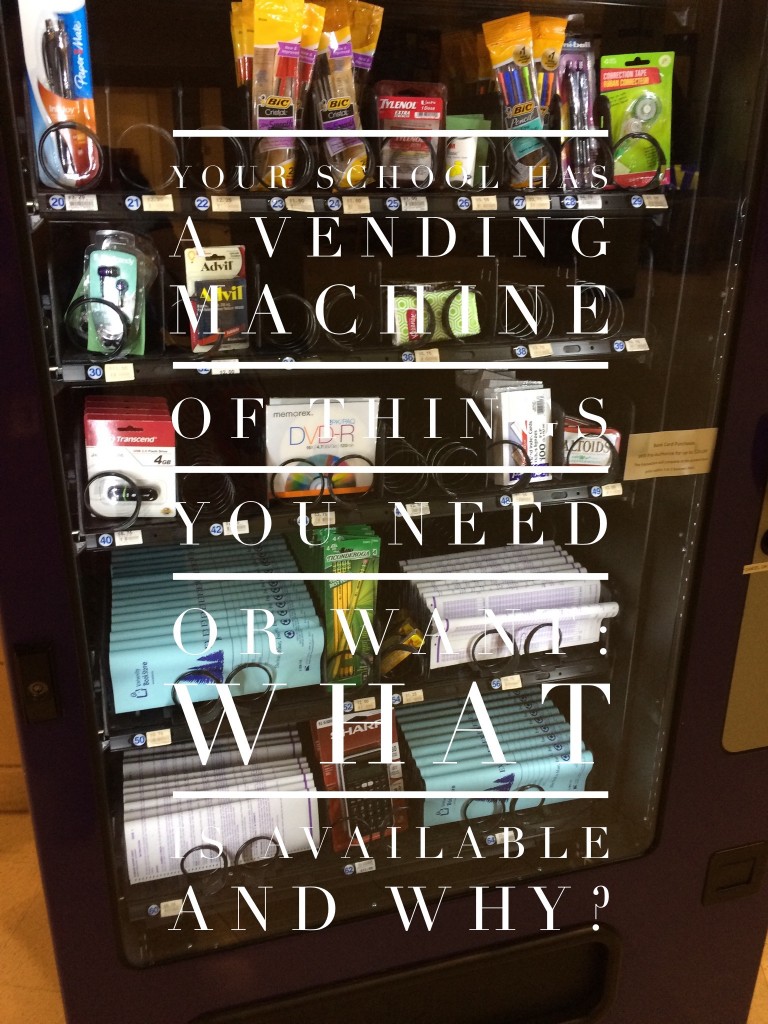New traditions
I’m not sure when I did my first December Drabble-A-Day unit. “Unit” even sounds too mechanical and factory-ordered. I do need to thank one of my PSWP writing buddies, Aimee, who first introduced me to the word ‘drabble.’
So here’s how it works:
Whatever writing concept you want to teach, make a series of mini-lessons based on that particular concept.
- Example: Creating Sensory Images–consider a series of images that deal with our senses of touch, taste, sight, sound, smell, and perhaps a sixth sense of anticipation or intuition. Have writers craft a story based on that one sense.

- Example: Topic and Image Combinations–very broad-based ideas
- Example: Traditional Writing Prompts
Use RAFTS–Role, Audience, Form, Topic, and Strong Verb constructs, or see if you can find some clever ones from Writing Prompts tumblr or WriteAbout. - Example: Punctuation–drabbles are a perfect time to practice perfecting the semi-colon, colons, ellipses, em dashes, etc. to help support meaning and nuance.
- Collect a hefty amount of images from a variety of photographers, subjects, and levels of abstraction.
- Have students take their own images, too.

- Keep track of writing excerpts that may illustrate a particular writing concept you wish our young authors would like to try. A Kindle is a great tool for this.
This excerpt from John Green’s The Fault in Our Stars serves to demonstrate writer’s craft in terms of using humor to deflect a serious topic:
Late in the winter of my seventeenth year, my mother decided I was depressed, presumably because I rarely left the house, spent quite a lot of time in bed, read the same book over and over, ate infrequently, and devoted quite a bit of my abundant free time to thinking about death. Whenever you read a cancer booklet or website or whatever, they always list depression among the side effects of cancer. But, in fact, depression is not a side effect of cancer. Depression is a side effect of dying. (Cancer is also a side effect of dying. Almost everything is, really.) But my mom believed I required treatment, so she took me to see my Regular Doctor Jim, who agreed that I was veritably swimming in a paralyzing and totally clinical depression, and that therefore my meds should be adjusted and also I should attend a weekly Support Group.
Green, John (2012-01-10). The Fault in Our Stars (pp. 3-4). Dutton Juvenile. Kindle Edition.



